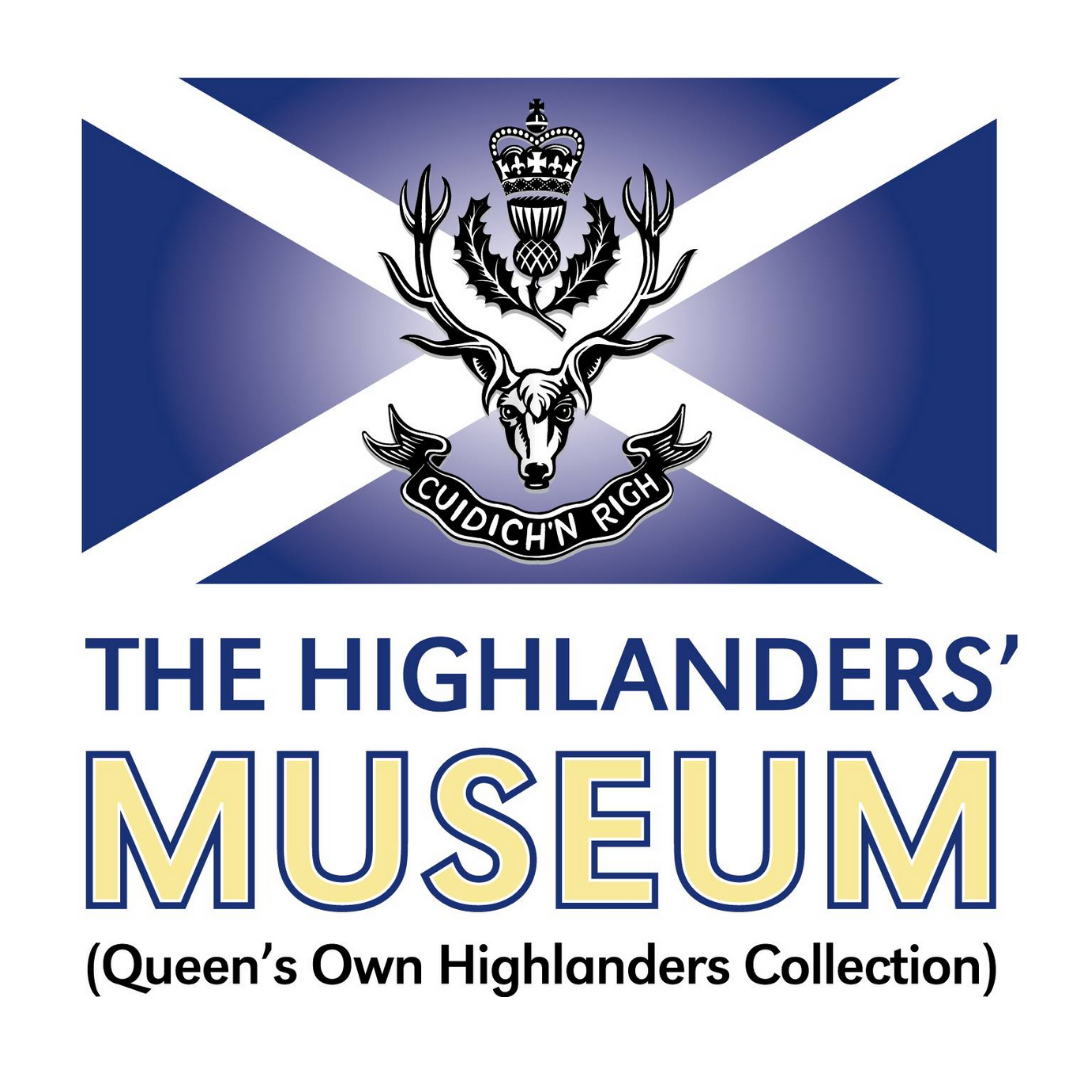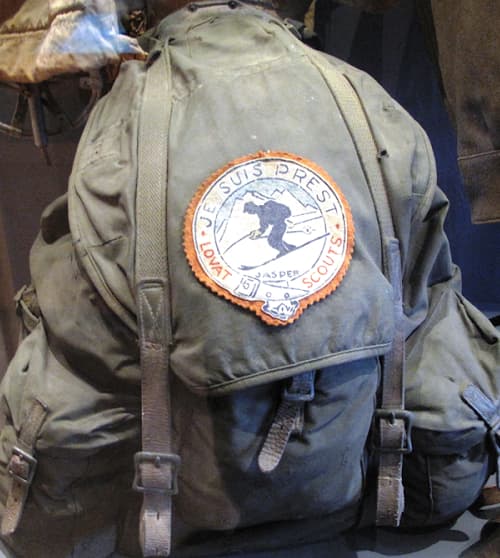LOVAT SCOUTS
(1899 – 1967)
LOVAT SCOUTS
(1899 – 1967)
FROM THE HIGHLANDS TO SOUTH AFRICA…
FROM THE HIGHLANDS TO SOUTH AFRICA…
During the early stages of the Second Boer War in 1899, the British Army was initially struggling to gain accurate information about Boer tactics, whose fieldcraft made them an elusive opponent. After three disasters of Black Week in December 1899, Lord Lovat was allowed to raise a new regiment from Highland stalkers, shepherds, gamekeepers, and ghillies whose skills could match those of the Boers. The regiment was known as The Lovat Scouts.
Leaving for South Africa in March 1900, the Lovats Scout’s tactics immediately transformed British intelligence gathering. Pioneering the ghillie suit, travelling on ponies, using spyglasses, and communicating with heliographs and semaphores, the regiment justified Lord Lovat’s faith in bringing Highland skills to the battlefield.
A second and third contingent were raised in 1901 who remained in South Africa until the end of the War in May 1902.
During the early stages of the Second Boer War in 1899, the British Army was initially struggling to gain accurate information about Boer tactics, whose fieldcraft made them an elusive opponent. After three disasters of Black Week in December 1899, Lord Lovat was allowed to raise a new regiment from Highland stalkers, shepherds, gamekeepers, and ghillies whose skills could match those of the Boers. The regiment was known as The Lovat Scouts.
Leaving for South Africa in March 1900, the Lovats Scout’s tactics immediately transformed British intelligence gathering. Pioneering the ghillie suit, travelling on ponies, using spyglasses, and communicating with heliographs and semaphores, the regiment justified Lord Lovat’s faith in bringing Highland skills to the battlefield.
A second and third contingent were raised in 1901 who remained in South Africa until the end of the War in May 1902.
AFTER THE BOER WAR…
AFTER THE BOER WAR…
The regiment’s success during the Boer War led to its continuation. Wearing Hunting Fraser tartan, the badge of the Frasers of Lovat, a Royal stag, and the motto “Je Suis Prest” (I am Ready), the Lovat Scouts eventually became the British Army’s first sniper unit. The regiment served as the Lovat’s Scouts Imperial Yeomanry from 1902 – 1908 but reverted to the Lovat Scouts following the Haldane Reforms.
The 1st, 2nd, and 3rd Lovat Scouts served in WWI, primarily defending the home front, although some battalions were stationed in Gallipoli, Salonika, Macedonia. During WWII, from 1940 to 1942, the Lovat Scouts provided the garrison in the Faroe Islands. They were then sent to Canada in 1943; following their training in mountain warfare, they were sent to Italy and arrived in Napes in July 1944. Here they were involved in the Italian Campaign until the German surrender in May 1945.
The regiment’s success during the Boer War led to its continuation. Wearing Hunting Fraser tartan, the badge of the Frasers of Lovat, a Royal stag, and the motto “Je Suis Prest” (I am Ready), the Lovat Scouts eventually became the British Army’s first sniper unit. The regiment served as the Lovat’s Scouts Imperial Yeomanry from 1902 – 1908 but reverted to the Lovat Scouts following the Haldane Reforms.
The 1st, 2nd, and 3rd Lovat Scouts served in WWI, primarily defending the home front, although some battalions were stationed in Gallipoli, Salonika, Macedonia. During WWII, from 1940 to 1942, the Lovat Scouts provided the garrison in the Faroe Islands. They were then sent to Canada in 1943; following their training in mountain warfare, they were sent to Italy and arrived in Napes in July 1944. Here they were involved in the Italian Campaign until the German surrender in May 1945.
THE POST-WAR PERIOD…
THE POST-WAR PERIOD…
Following the end of WWII, the Lovat Scouts were involved in seeking out members of the Nazi party in Northen Italy. The Territorial Army underwent significant restructuring on 1st May 1961, which would go on to entwine the histories of the Lovat Scouts with the Seaforths and Camerons:
B Troop at Alness, Tain, and Gare Loch were absorbed into 11th Battalion Seaforth Highlanders. A Troop at Benbecula and C Troop at Newtonmore and Fort William were absorbed into 4th Battalion Queen’s Own Cameron Highlanders.
On 31st March 1967, the Lovat Scouts were disbanded and were absorbed into the 3rd Battaltion Queen’s Own Highlanders (Seaforth and Camerons). This went on to become part of the 2nd Battalion 51st Highland Volunteers in March 1969; the companies based in Lerwick and Kirkwall were allowed to have the words Lovat Scouts in brackets in their name e.g. ‘A (Lovat Scout) Company 3rd Battlation Queen’s Own Highlanders (Seaforth and Camerons)’. Today, the name and cap badge of the Lovat Scouts is carried on by the Orkney Independent Cadet Battery ACF.
Following the end of WWII, the Lovat Scouts were involved in seeking out members of the Nazi party in Northen Italy. The Territorial Army underwent significant restructuring on 1st May 1961, which would go on to entwine the histories of the Lovat Scouts with the Seaforths and Camerons:
B Troop at Alness, Tain, and Gare Loch were absorbed into 11th Battalion Seaforth Highlanders. A Troop at Benbecula and C Troop at Newtonmore and Fort William were absorbed into 4th Battalion Queen’s Own Cameron Highlanders.
On 31st March 1967, the Lovat Scouts were disbanded and were absorbed into the 3rd Battaltion Queen’s Own Highlanders (Seaforth and Camerons). This went on to become part of the 2nd Battalion 51st Highland Volunteers in March 1969; the companies based in Lerwick and Kirkwall were allowed to have the words Lovat Scouts in brackets in their name e.g. ‘A (Lovat Scout) Company 3rd Battlation Queen’s Own Highlanders (Seaforth and Camerons)’. Today, the name and cap badge of the Lovat Scouts is carried on by the Orkney Independent Cadet Battery ACF.
INSIDE THE MUSEUM…
INSIDE THE MUSEUM…
The Highlanders’ Museum houses an incredible collection of objects relating to the Lovat Scout’s gallant history. From personal diaries and extensive photographs, to slouch hats, bandoliers, and medals.
A backpack, which features a badge with the motto surrounding an image of a skier, gives a fascinating insight into the experience of Lovat Scouts in WWII. The badge also contains the word ‘Jasper’, referring to the Jasper National Park in Canada where the Lovat Scouts trained in icy mountain warfare inn 1943.
The Highlanders’ Museum houses an incredible collection of objects relating to the Lovat Scout’s gallant history. From personal diaries and extensive photographs, to slouch hats, bandoliers, and medals.
A backpack, which features a badge with the motto surrounding an image of a skier, gives a fascinating insight into the experience of Lovat Scouts in WWII. The badge also contains the word ‘Jasper’, referring to the Jasper National Park in Canada where the Lovat Scouts trained in icy mountain warfare inn 1943.

